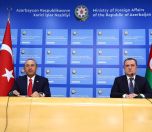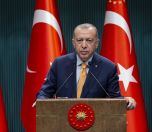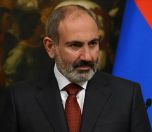Photo: Azerbaijan Ministry of Defense
Click to read the article in Turkish
It has been 11 days since the clashes started between Armenia and Azerbaijan in the disputed territory of Nagorno-Karabakh.
Russia's President Vladimir Putin called for an end to the "tragedy," where both sides suffer losses.
"Of course this is a huge tragedy. People are dying, there are heavy losses on both sides," he said, adding that a ceasefire must be reached quickly regardless of the solution of the longstanding dispute.
Armenia's PM Nikol Pashinyan said yesterday (October 6) that Russia may intervene in the conflict according to an agreement between Moscow and Yerevan.
Putin also had a phone call with his counterpart from Azerbaijan, İlham Aliyev. Kremlin Spokesperson Dimitri Peskov said Aliyev called Putin to congratulate him on his 68th birthday.
Meanwhile, the Karabakh administration released photographs from the conflict with a message saying, "Welcome to hell."
Welcome to the hell! Our accurate blows and adversary’s inglorious exit. pic.twitter.com/MW1ZTKdaF5
— Artsakh Defense Army (@Karabakh_MoD) October 7, 2020
Notes about Nagorno-KarabakhIt is a mountainous region of approximately 4,400 square kilometers. Christian Armenians and Muslim Turks live there. During the Soviet Union era, it became an autonomous region in the Azerbaijan Republic. It is internationally recognized as part of Azerbaijan, but the majority of the population comprises of ethnic Armenians. The sovereign status of the Nagorno-Karabakh administration, the Republic of Artsakh, is not recognized by any United Nations member state, including Armenia. During the conflict between 1988-1994, about one million people were displaced and 30,000 were killed. Russia has a military base in Armenia. The dispute between Armenia and AzerbaijanRelations between the two former Soviet countries have been tense since 1989 over Nagorno-Karabakh, or Upper Karabakh, an internationally recognized territory of Azerbaijan. In 1989, the parliament of Azerbaijan removed Nagorno-Karabakh's autonomous status, which had been in place since 1923. During the dissolution of the Soviet Union, Armenia began military operations into Nagorno-Karabakh in 1991. In the same year, the separatist administration in Nagorno-Karabakh declared independence. The Azeri people of the region had boycotted the independence referendum. The independence of the Nagorno-Karabakh, or Artsakh republic, is not internationally recognized. Four UN Security Council and two UN General Assembly resolutions as well as many international organizations demand the withdrawal of the occupying forces. The OSCE Minsk Group – co-chaired by France, Russia and the US – was formed in 1992 to find a peaceful solution to the conflict. A cease-fire was agreed upon in 1994. France, Russia and NATO, among others, have urged an immediate halt to clashes in the occupied region. |
(PT/VK)




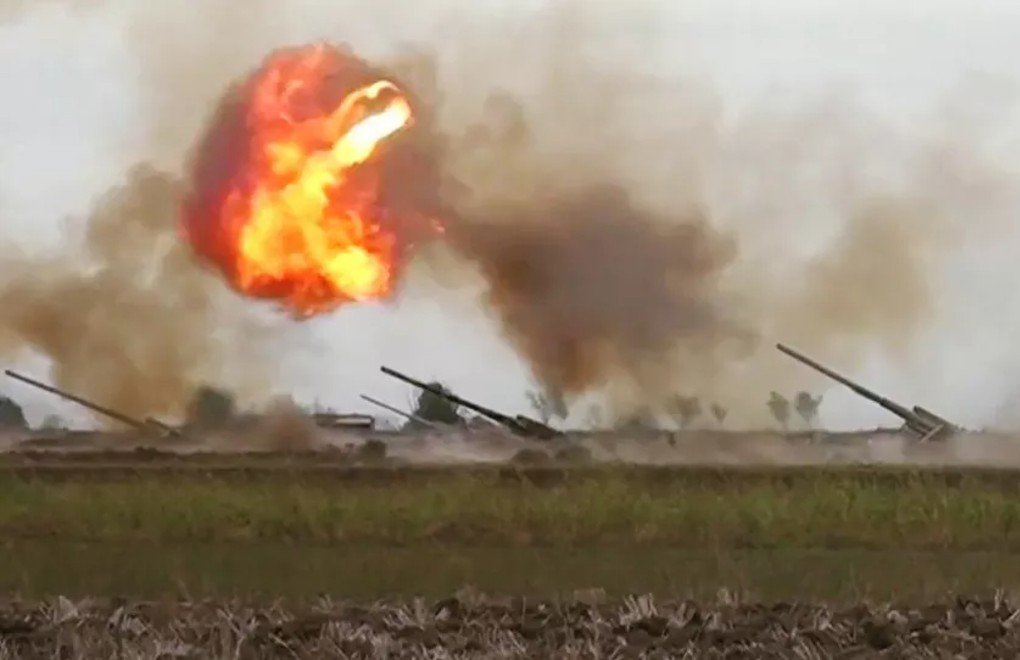
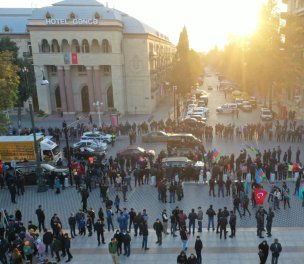
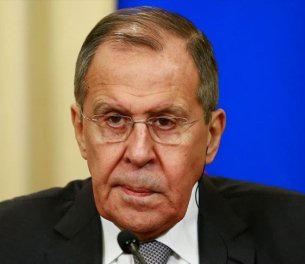
assa.jpg)
ss.jpg)
